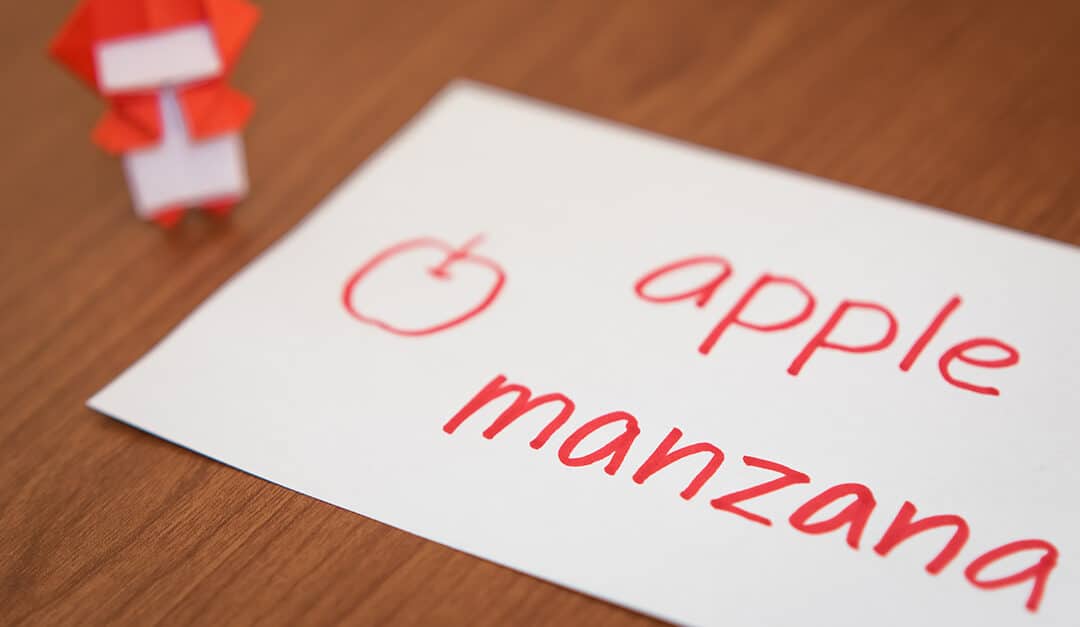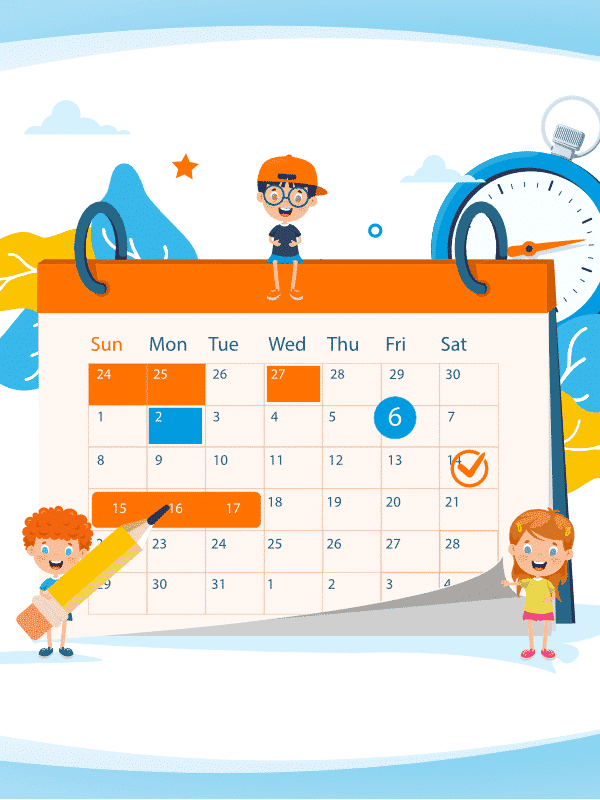Helping your kids become fluent in a second language really comes down to just one thing: conversational practice. You can give them this practice by enrolling them in a language-immersion preschool, a dual-language program at school or even private language immersion classes. But they’ll make the most progress when you also use the target language consistently with them at home.
For some families, this is pretty straightforward because at least one parent is a native speaker of the target language or has a high level of fluency in it. But what about families in which the parents have little knowledge of the target language themselves? Do their kids just miss out on at-home language practice?
I am happy to tell you that the answer to that question is an emphatic “no.” At TruFluency Kids, we’ve helped countless kids build their Spanish fluency, even when their parents’ knowledge of Spanish is limited to a few fuzzy memories from their high school classes.
My perspective on this topic doesn’t just come from being a language teacher. I’m also a mom, and I’m helping my 3-year-old daughter acquire Spanish, French and Japanese as she grows. I have different fluency levels in each of these languages, which means that I’m not immune from the challenges of creating consistent opportunities for language practice at home.
In this article, I want to share some strategies that have worked for me both as a teacher and a parent. Since TruFluency Kids teaches Spanish, I’ll be using that as the primary example language in this article. But please know that these ideas will work no matter which language your kids are learning.
Use What You DO Know in Spanish
Yes, even if it’s only a handful of words. You can start building from there!
As an example, let’s say you know a few common nouns in Spanish. Begin consistently using those words instead of their English counterparts when you talk to your kids. This is helpful even when the rest of what you say is in English.
For instance, you know the Spanish word for “apple” is “manzana.” When you’re talking with your kids, always use “manzana” instead of “apple.”:
- Do you want a manzana?
- I had a manzana for breakfast.
- This recipe calls for one manzana.
Kids 3 and younger will probably start using “manzana” naturally. With older kids, it might take some encouragement and prodding. Take it easy with the prodding, though. Working Spanish into your conversations should be fun, not a chore.
After you’ve tried this for a while, pick one of the Spanish nouns you know and teach yourself how to say a full sentence with it. So, for example, you’d progress from “Do you want a manzana?” to “¿Quieres una manzana?”
Every week, add on to these phrases and incorporate more and more questions and answers in Spanish into your day. Need some ideas? Check out the TruFluency Kids blog, where you’ll find plenty of articles with words and phrases in Spanish for kids.
Hire a Fluent Spanish Speaker
If it’s an option for your family, I highly recommend bringing in some reinforcements to supplement the Spanish practice your kids are getting from you. This could mean hiring a babysitter, tutor, nanny or au pair who’s fluent in Spanish.
I’ve done this myself: Even though Spanish is my highest-level language, I hired a Spanish-speaking nanny for my daughter. The more conversation practice, the better! I also chose this approach because I knew that I alone couldn’t help my daughter attain the fluency level I want her to have. I focus on French when we talk, so there’s just no way she could hear enough Spanish from me.
Give Your Child the Gift of Spanish!
Take Spanish Lessons Yourself
There’s an awesome fringe benefit to helping your kids master a language you don’t speak: You’ll do a lot of learning yourself! So if you’re enjoying learning new Spanish words and phrases from the TruFluency Kids blog, the next step could be signing up for your own Spanish classes.
One or two hours a week can really make a difference in your Spanish vocabulary and your confidence with the language. And you pass that growth right along to your kids!
As you explore your own options for learning Spanish, please check out our language school for adults: TruFluency. Like TruFluency Kids, TruFluency emphasizes practical conversation skills. Our Spanish classes are customized to your goals, so we can create a personalized plan for you based on your current Spanish skills and your goals for your kids.
(By the way, TruFluency also offers classes in English, French, Mandarin Chinese, Japanese and Portuguese, just in case your kids are studying one of those languages instead of Spanish.)
TruFluency Kids Engages Children in Fun Spanish Conversations
Hopefully, you’re feeling encouraged about your ability to help your kids learn Spanish. Truly, anything you do will help them. And remember that we’re always here to support your family’s language goals. On our blog, you’ll find free tips, vocabulary, reviews and Spanish activities to do with your kids.
If you are considering Spanish classes for your children, we’d love to have them join us at TruFluency Kids. We’re an online Spanish immersion school fully committed to your kids’ Spanish journey.
We know kids are full of energy and they learn more when they’re having fun. That’s why we make sure all classes have enjoyable, everyday activities, like singing, dancing, reading, doing crafts, playing games and even cooking.
We’re also proud that our teachers are native Spanish speakers. So your children will learn from people who know the language inside and out. We base all our lessons on the Bellieu Method, which emphasizes speaking in Spanish.
Intrigued? Sign your kids up to take a trial class with us The experience is very personalized, because there are no more than four to six students per trial class. After class, you can join a parent Q&A.


